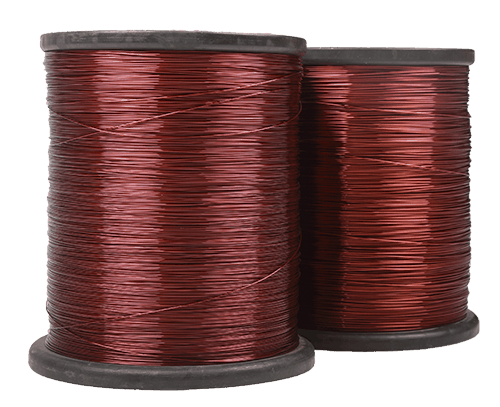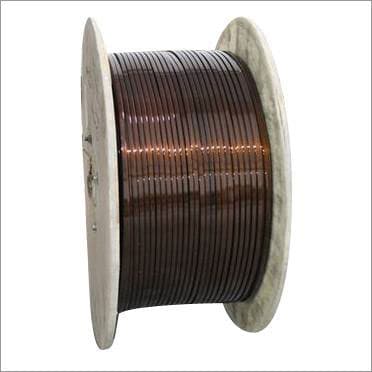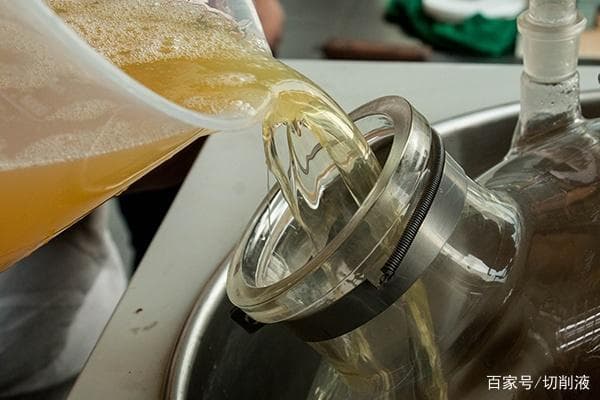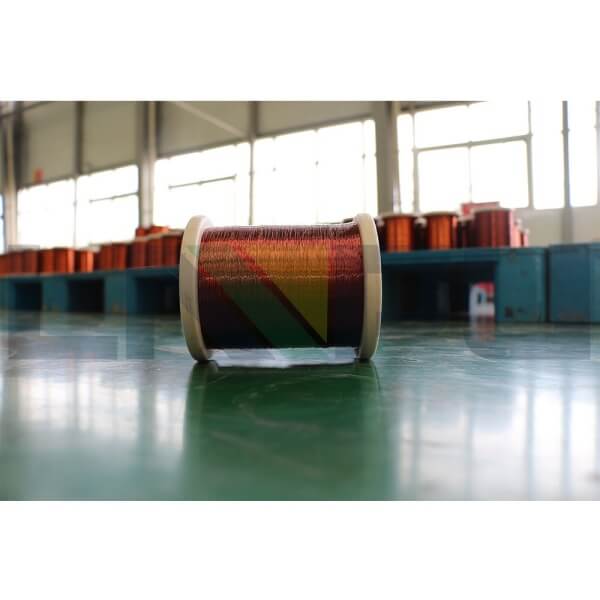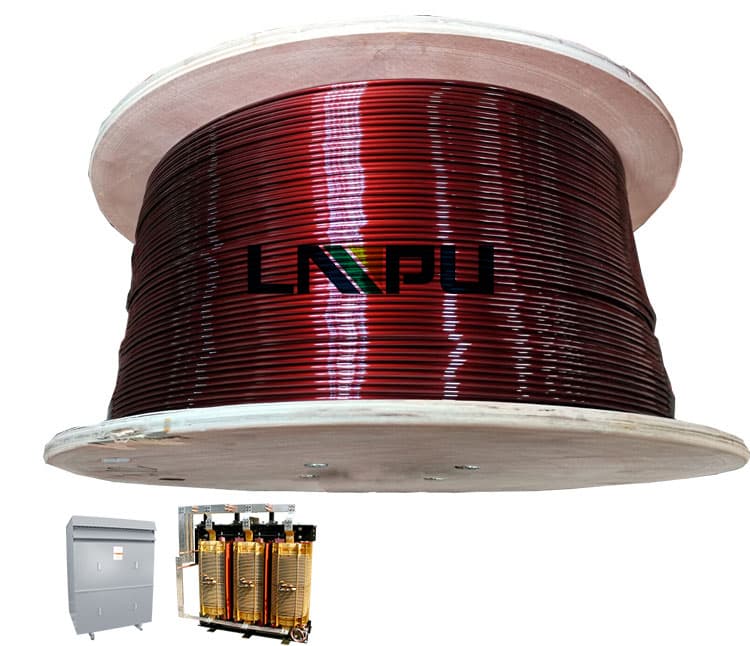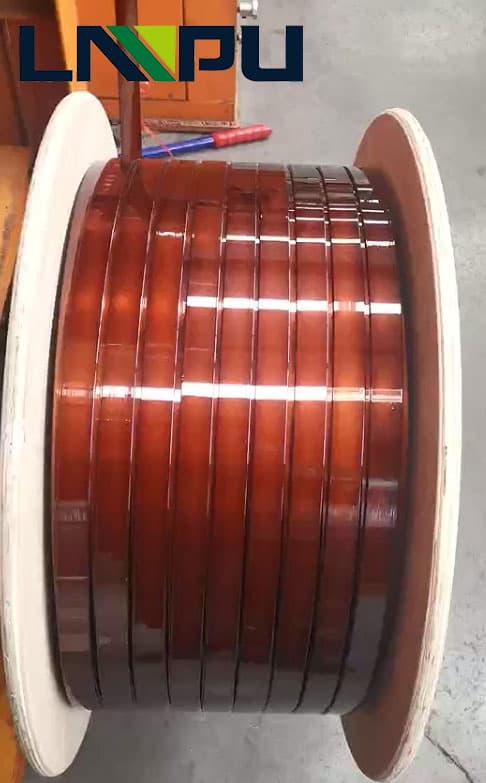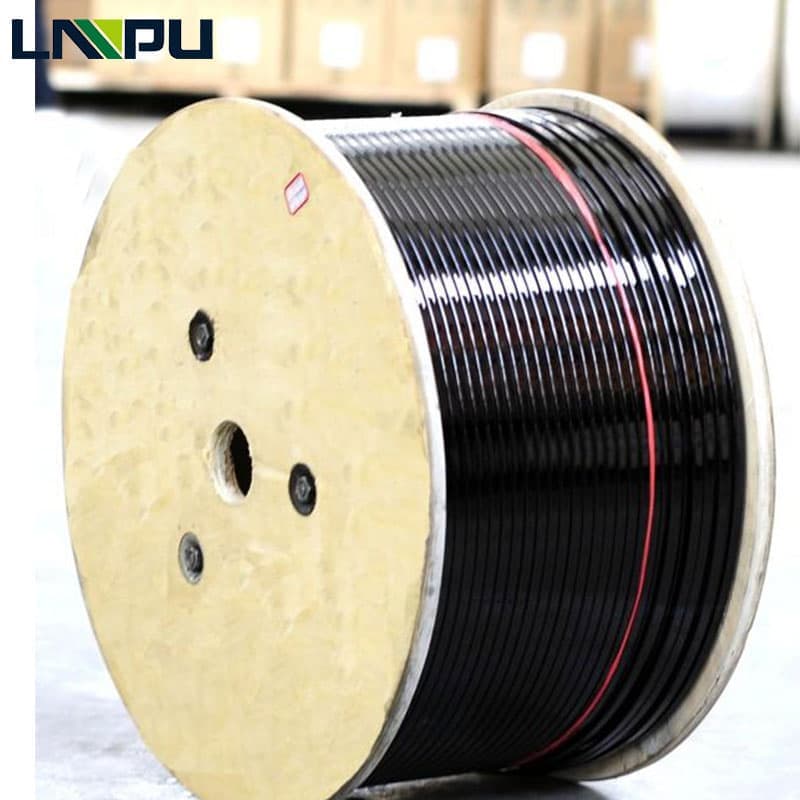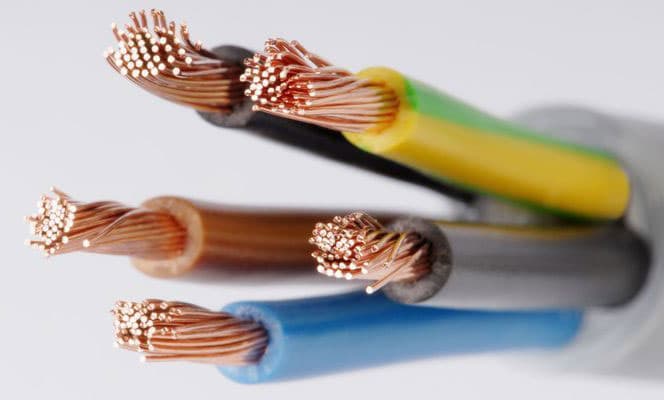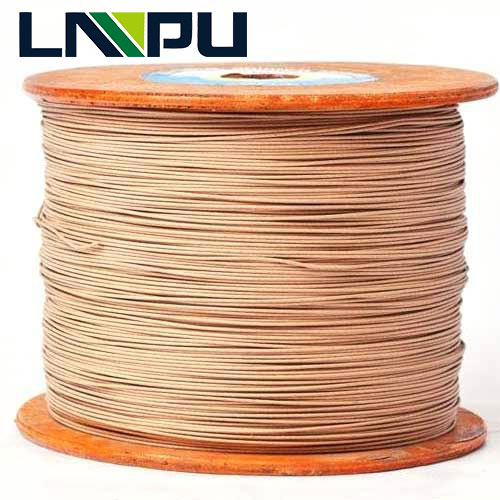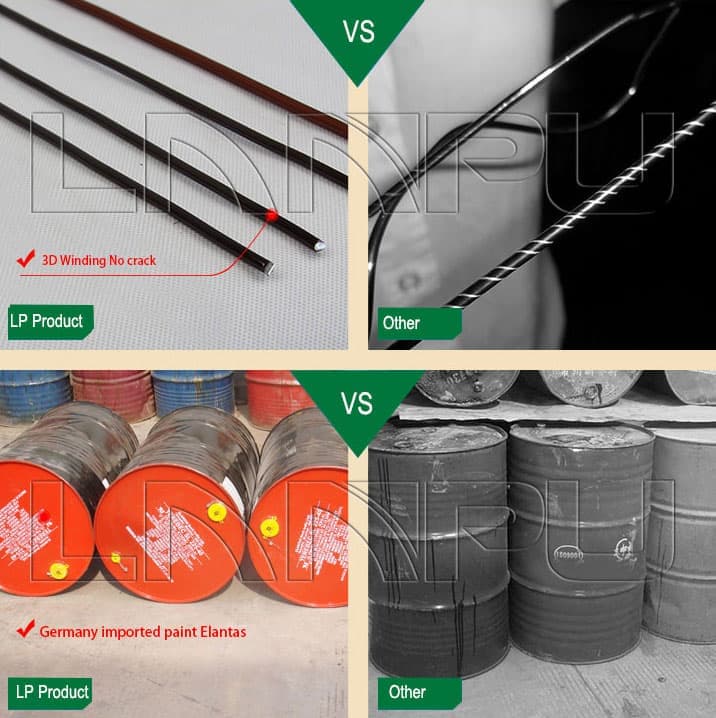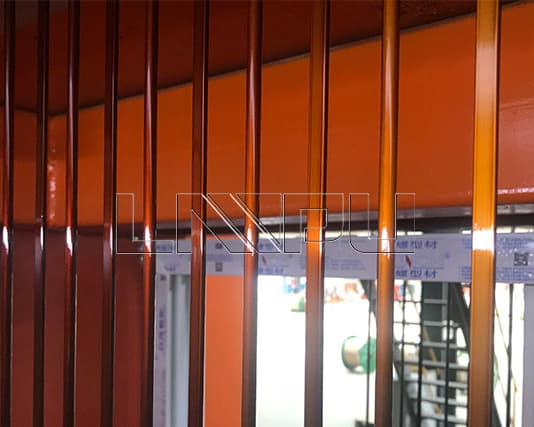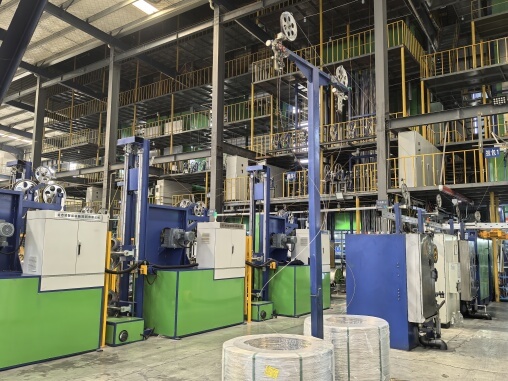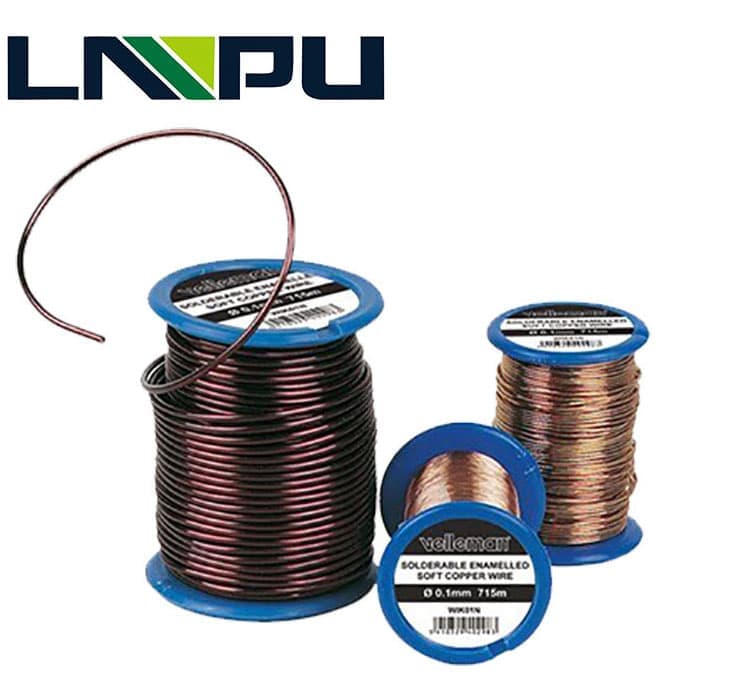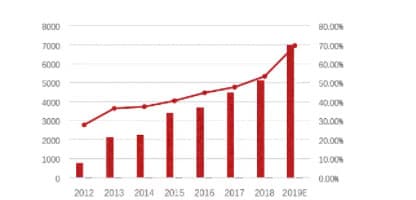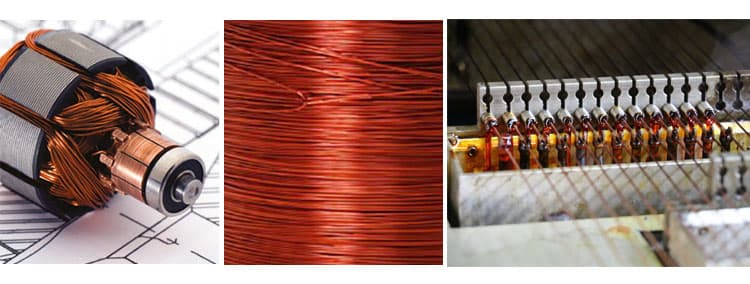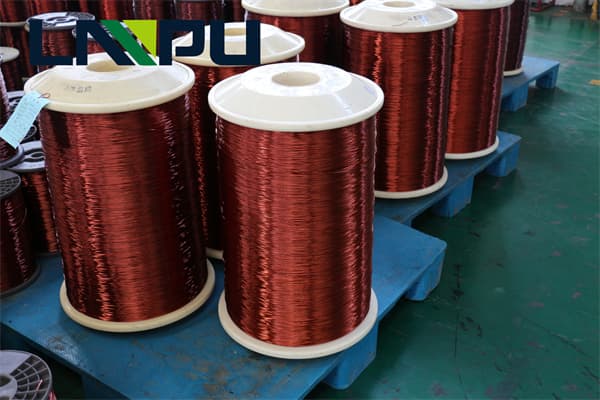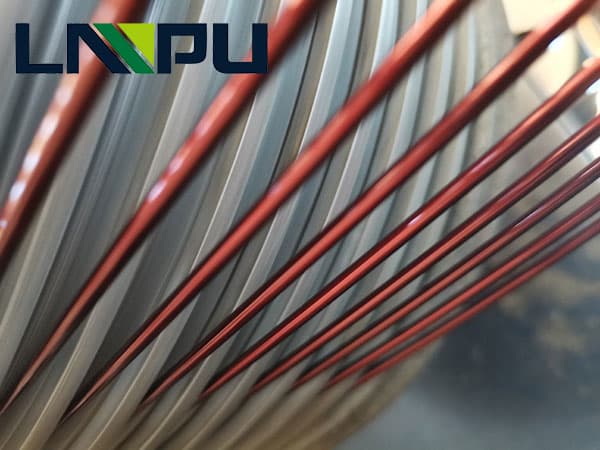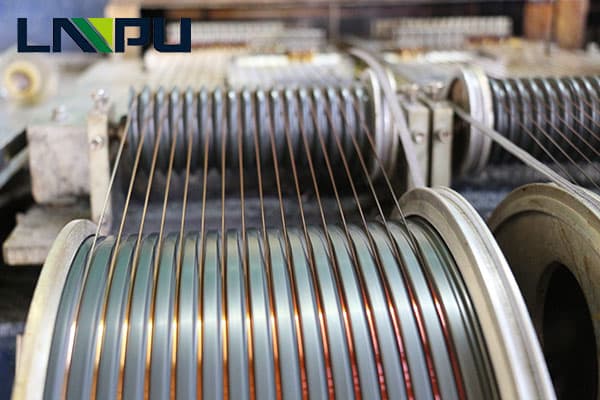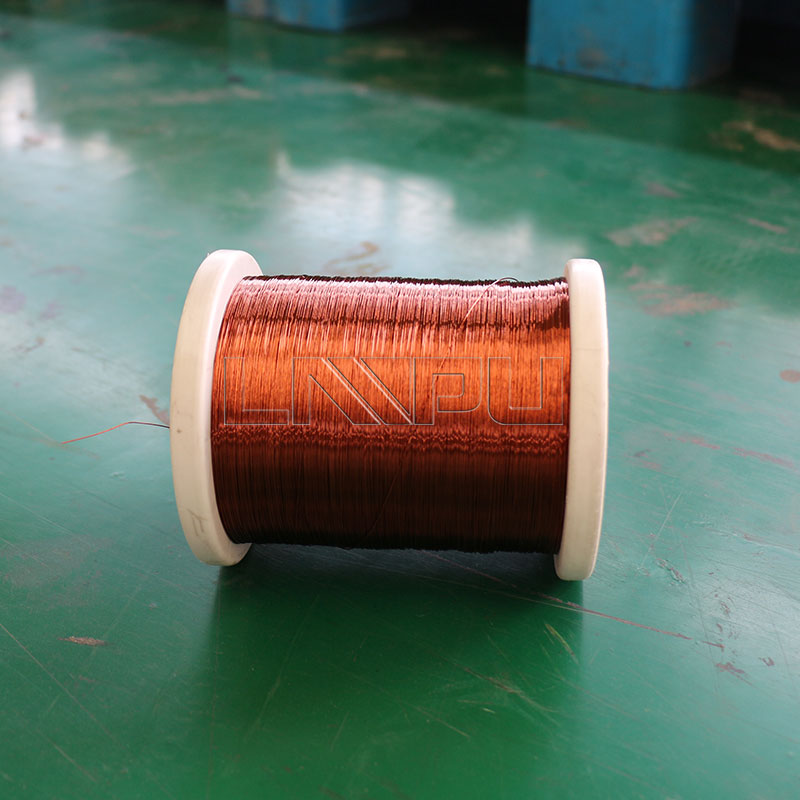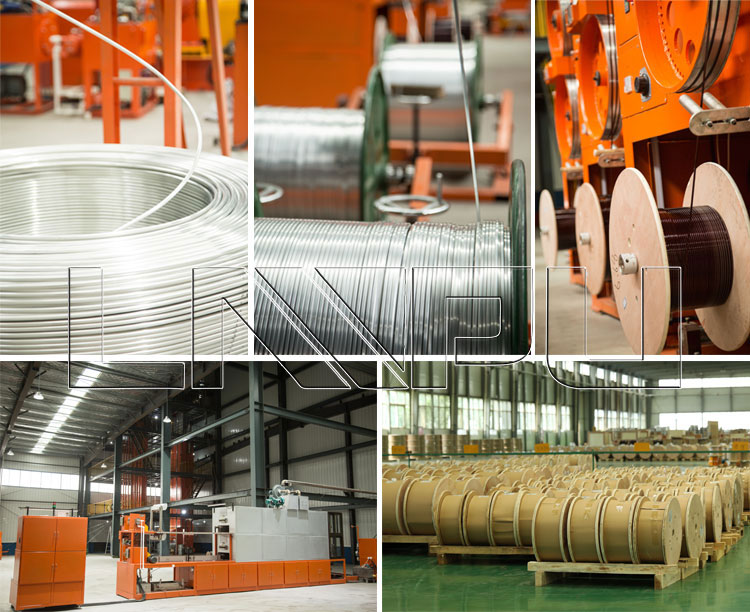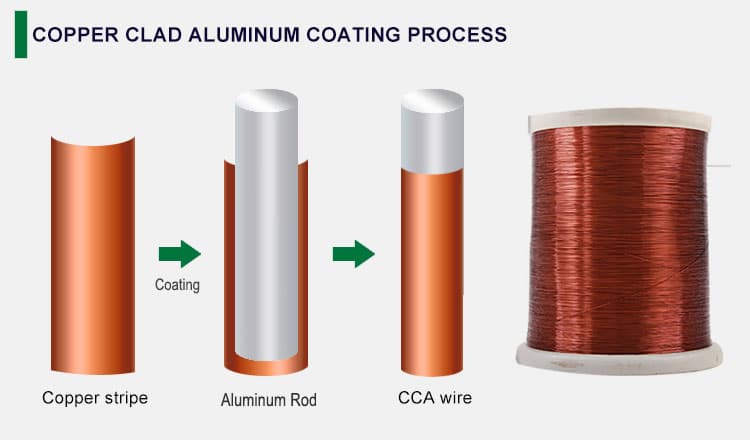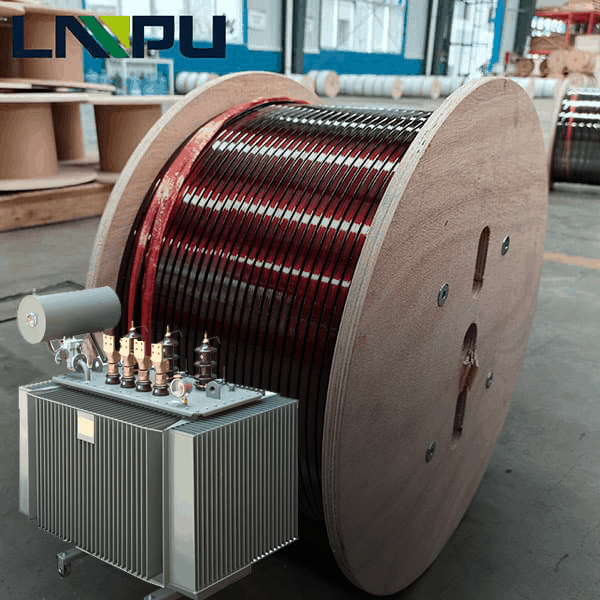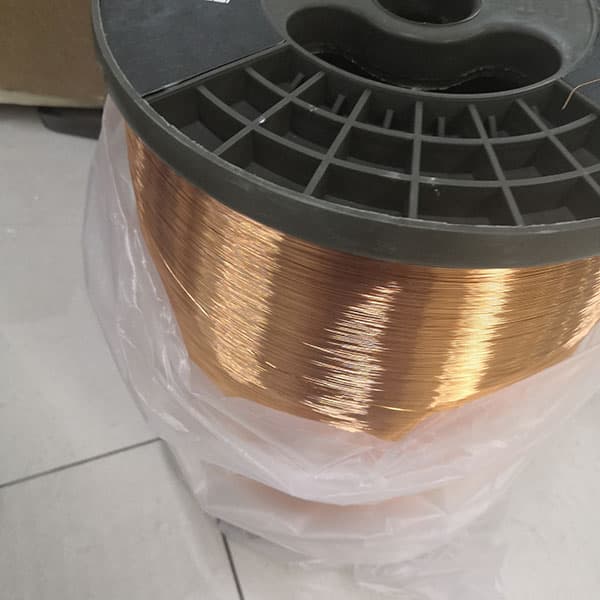Thermal class definition and standard
The electrical insulation system for wires used in generators, electric motors, transformers, and other wire-wound electrical components is divided into different classes by temperature and temperature rise. The electrical insulation system is sometimes referred to as insulation class or thermal classification. The different classes are defined by NEMA, Underwriters Laboratories (UL), and IEC standards.
For complete electrically operated appliances, the “insulation system” is the overall design of electrical insulation of the energized components to ensure correct function of the device and protection of the user from electric shock.
In IEC standards, the insulation system is a classification based on the level of electrical shock protection given to a user. Functional insulation is that required to prevent short circuits within the equipment. Basic insulation is any material added to protect a user from accidental contact with energized parts. Supplemental insulation is rated to withstand 1500 volts AC. Double insulation is a design concept where failure of one insulation system will not expose the user to a shock hazard due to the presence of a second independent layer of insulation. Reinforced insulation is a supplemental insulation system that is strong enough to effectively perform as if a double insulation system was present. Selection of the insulation system is coordinated with the choice of appliance class.

